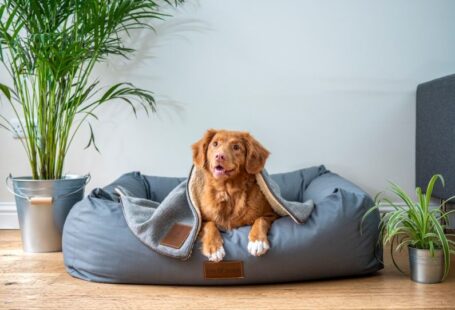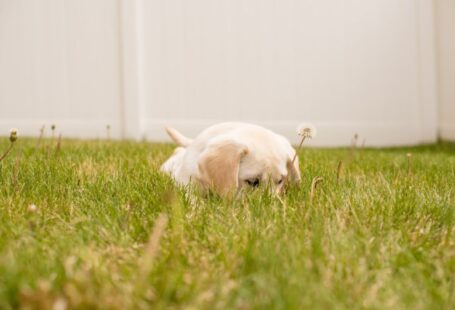Dogs are known for their love of food, but sometimes this enthusiasm can turn into aggression when it comes to mealtimes. Food aggression in dogs can be a serious issue that not only poses a risk to the safety of the pet owner but also affects the well-being of the dog itself. Fortunately, with the right approach and training, food aggression can be prevented and managed effectively.
Understanding Food Aggression
Food aggression in dogs is a behavior where a dog displays possessive or territorial behavior around food. This can manifest as growling, snapping, or even biting when someone approaches the dog while it is eating. Food aggression can stem from various factors, including past experiences of food scarcity, competition for resources in multi-dog households, or learned behavior from puppyhood.
Establishing a Feeding Routine
Creating a consistent feeding routine is essential in preventing food aggression in dogs. By feeding your dog at the same times each day and in the same location, you establish a sense of predictability and security around mealtimes. Dogs thrive on routine and structure, and knowing when and where they will be fed can help alleviate anxiety and prevent food-related issues from arising.
Avoid Free-Feeding
Free-feeding, where food is left out all day for the dog to eat at its own pace, can contribute to food aggression. Dogs that are used to free-feeding may develop a sense of entitlement over their food, leading to possessive behavior. Instead, opt for scheduled feeding times where you present the food to the dog and remove any uneaten portions after a set period. This helps establish you as the provider of food and reinforces a healthy feeding routine.
Teach Basic Obedience Commands
Training your dog in basic obedience commands such as “sit,” “stay,” and “leave it” can be instrumental in preventing food aggression. By teaching your dog to respond to commands, you can create a positive association with mealtime and establish boundaries around food. For example, asking your dog to “sit” before placing the food bowl down can help instill a sense of respect and patience during feeding.
Practice Food Bowl Exercises
Food bowl exercises involve desensitizing your dog to human presence around its food bowl. Start by approaching your dog while it is eating and dropping high-value treats near the bowl without disrupting the meal. Gradually increase the proximity and duration of your presence while rewarding calm behavior. This exercise helps your dog associate your presence with positive outcomes and reduces the likelihood of food aggression.
Avoid Punishment
Punishing a dog for displaying food aggression can escalate the behavior and create fear and anxiety around mealtimes. Instead of punishing your dog, focus on positive reinforcement and reward good behavior. By using treats, praise, and consistent training, you can encourage your dog to exhibit calm and non-aggressive behavior around food.
Seek Professional Help if Needed
If your dog’s food aggression persists despite your efforts to address it, consider seeking the help of a professional dog trainer or behaviorist. A trained expert can assess the underlying causes of the aggression and provide tailored guidance and support to help you manage the issue effectively. Remember, addressing food aggression in dogs requires patience, consistency, and a commitment to positive reinforcement techniques.
In conclusion, preventing food aggression in dogs requires a proactive approach that focuses on establishing a routine, training in basic obedience, and practicing desensitization exercises. By creating a positive and structured feeding environment, you can help your dog develop healthy eating habits and reduce the risk of food-related aggression. Remember, patience and consistency are key in addressing food aggression, and seeking professional help when needed can make a significant difference in managing this behavior.





